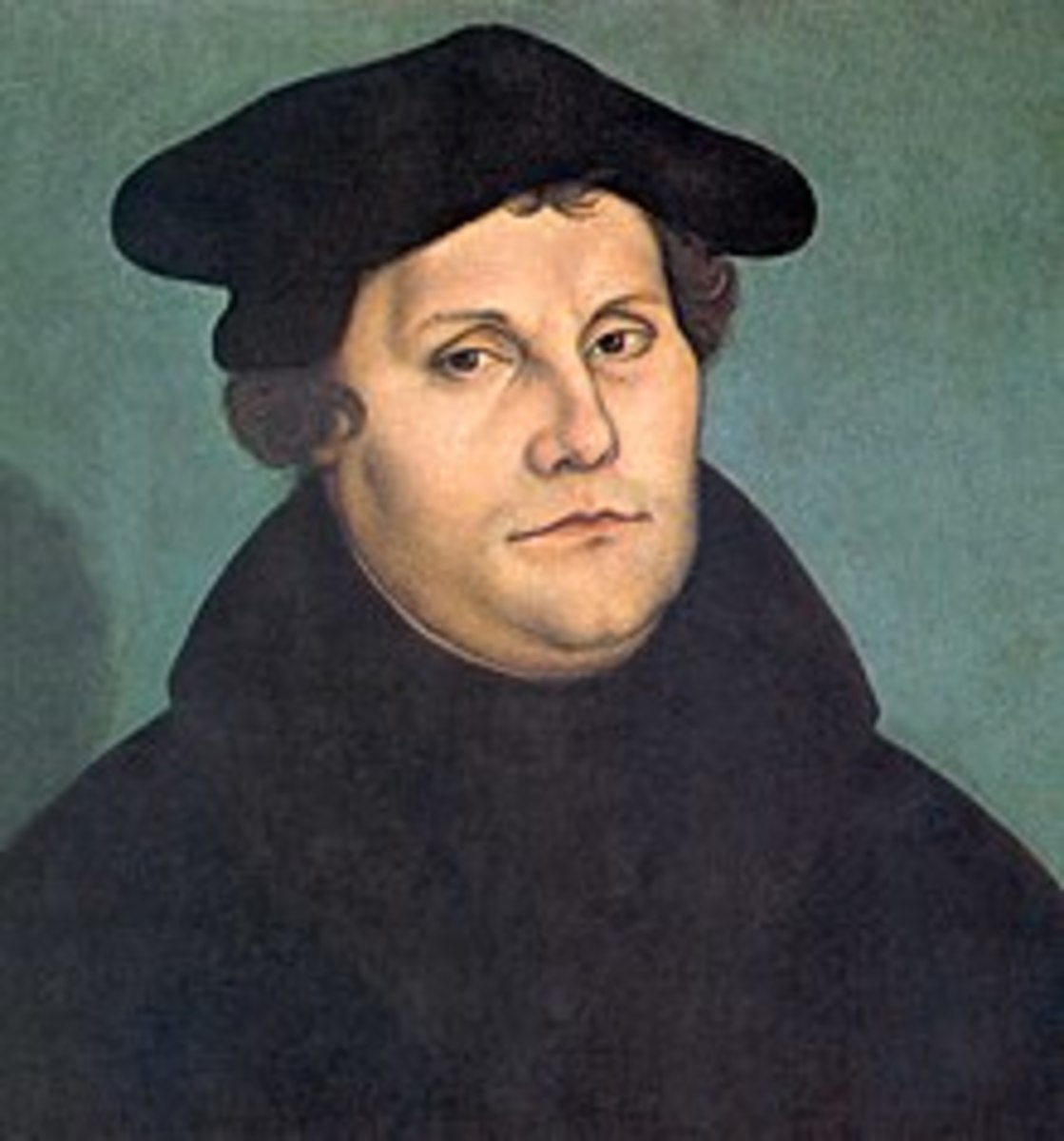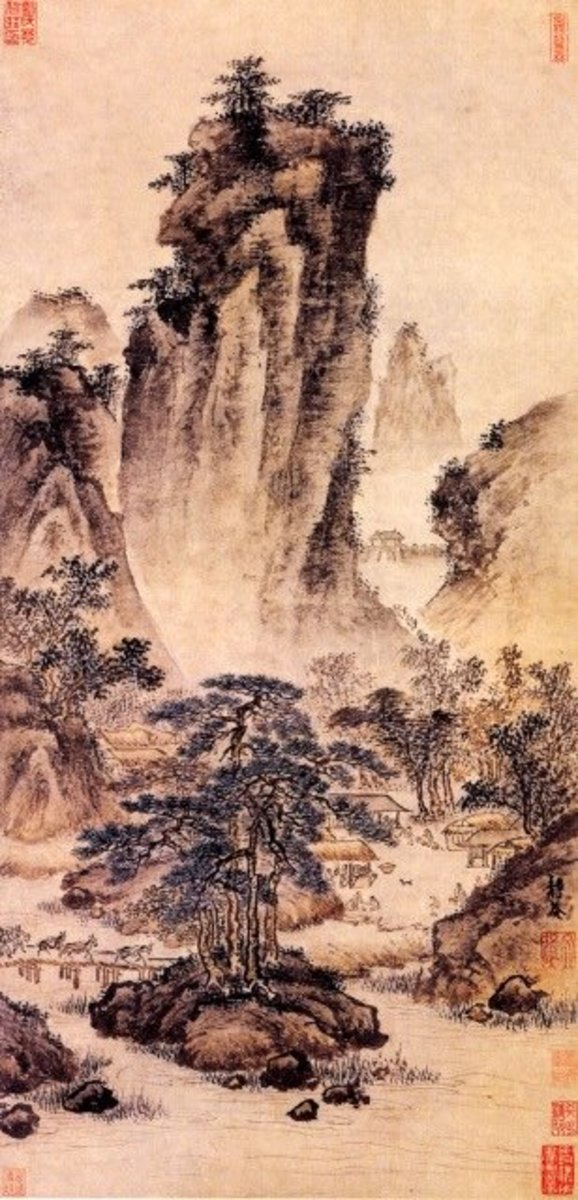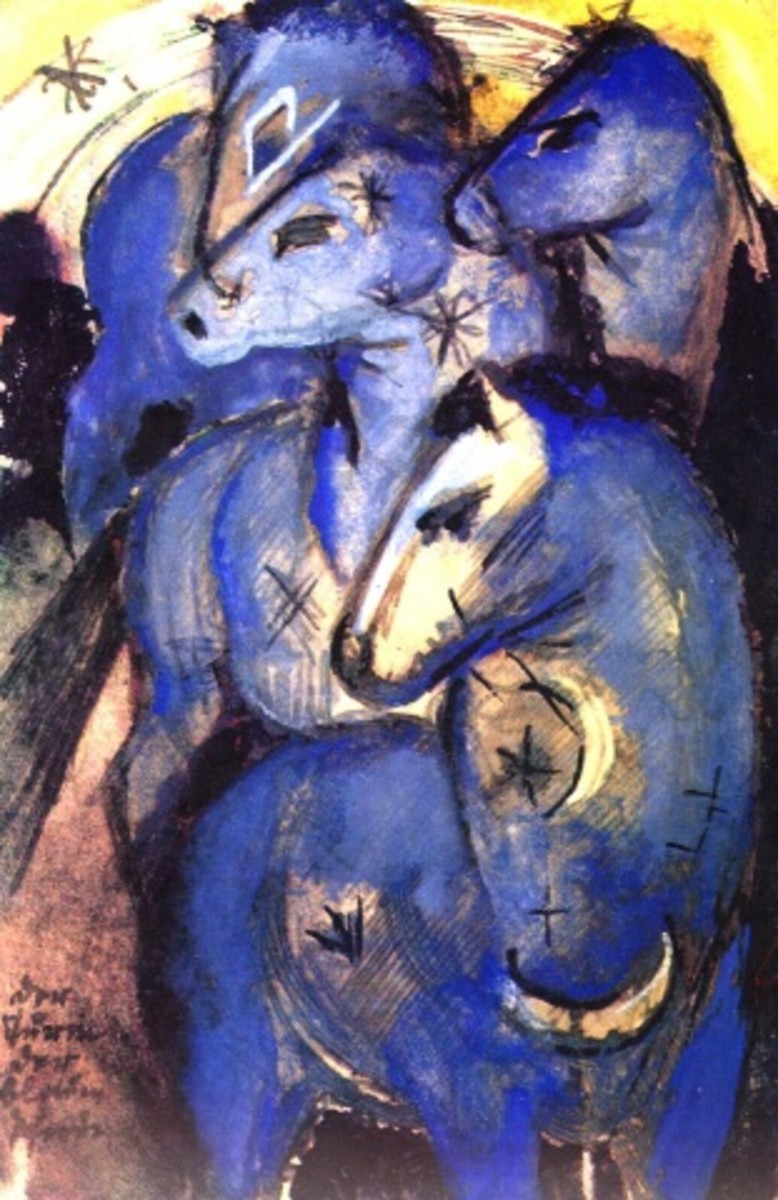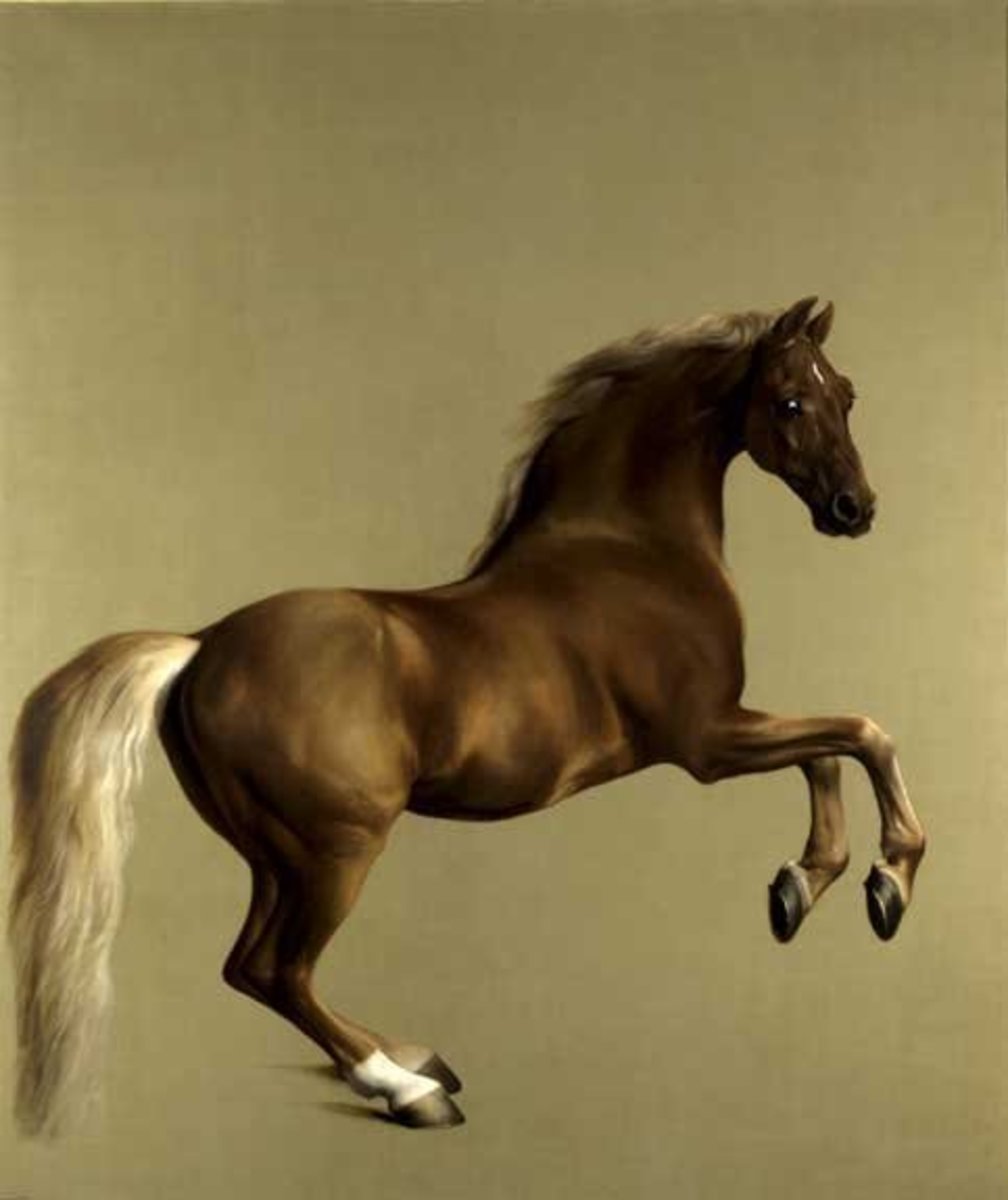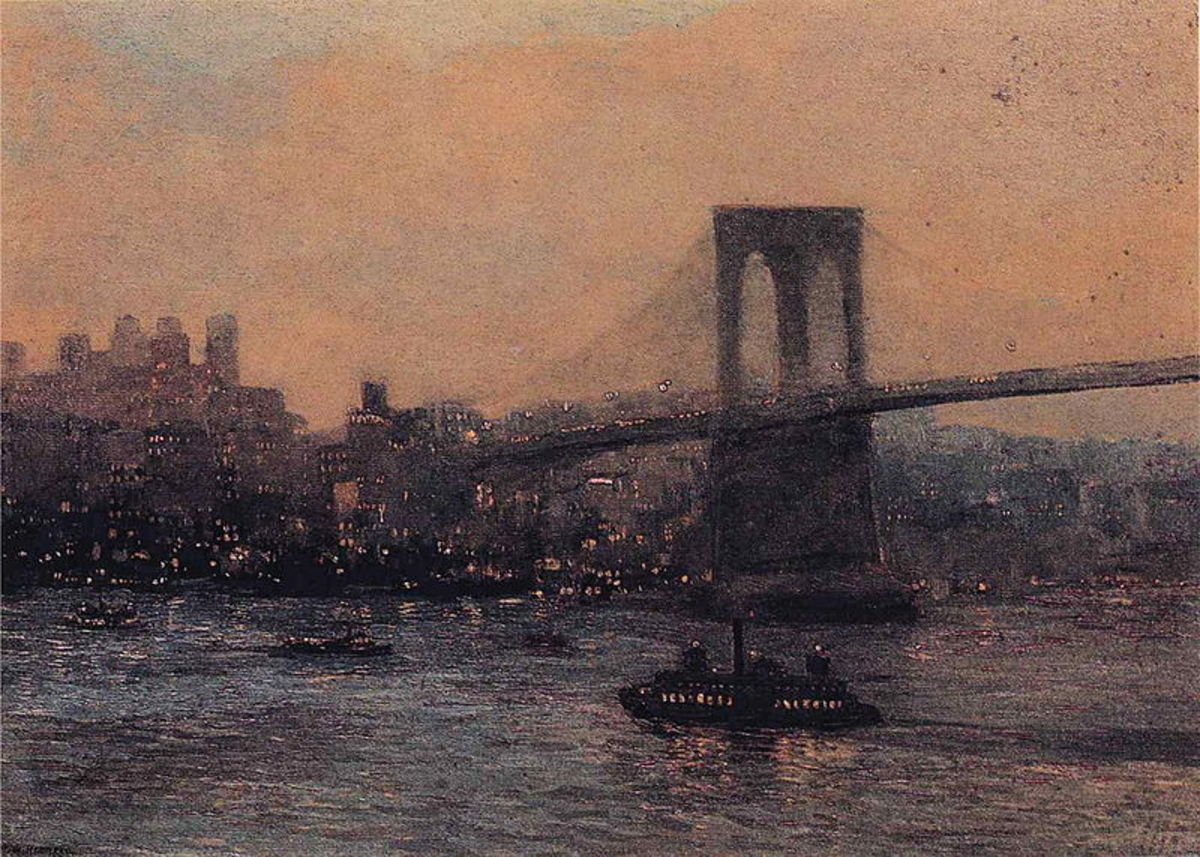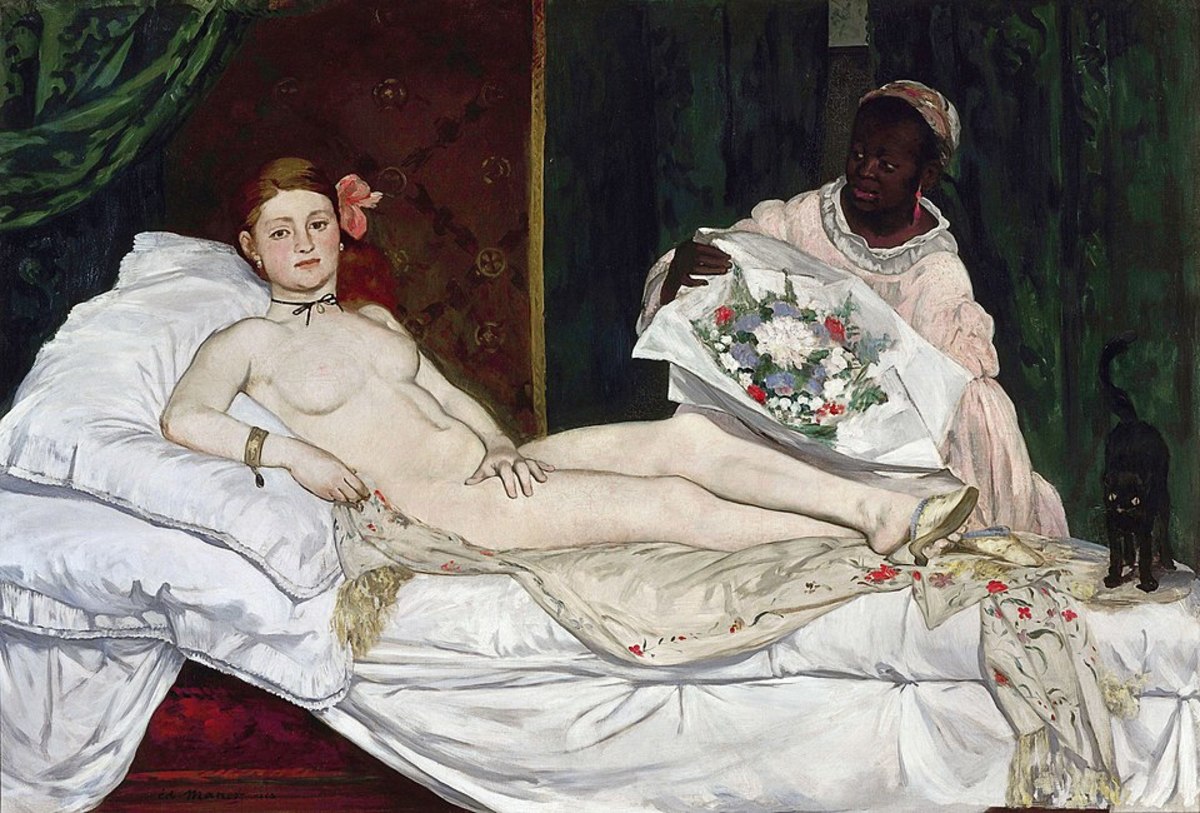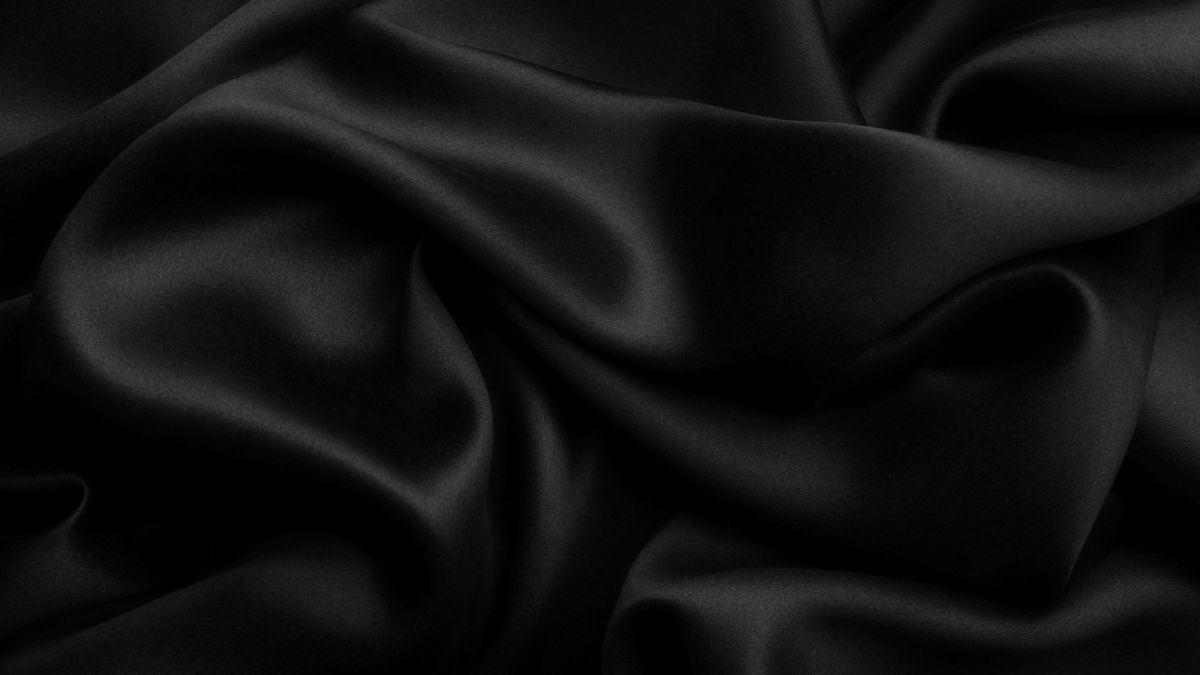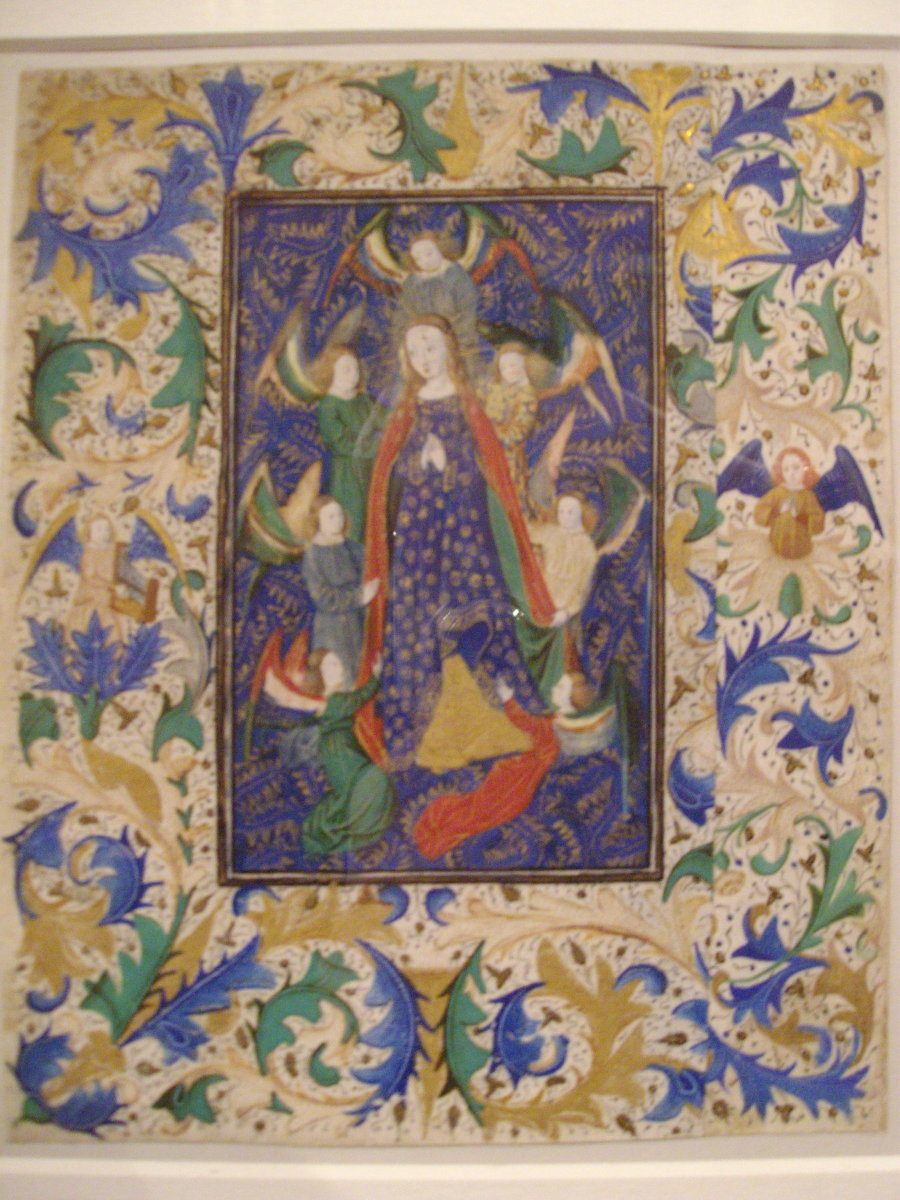Canaletto - Postcards from Italy
Rococo Landscape Painting
Canaletto was one of the greatest landscape and cityscape Italian painters from the Rococo period. His work demonstrates a deftness of touch and understanding of the construction and make up of the urban landscape. Busy, densely populated paintings, full of life and activity both in their composition and their vibrant colour.
Giovanni Antonio Canal born in Venice in 1697 at the end of the Renaissance and went on to be one of the most creative and accomplished landscape painters of his generation. Canaletto was the son of another Venetian painter Bernardo Canal, hence his moniker of Canaletto, little Canal.
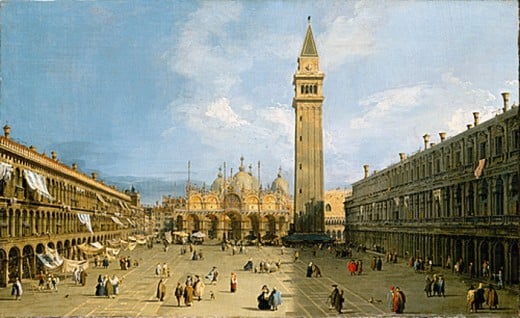
The Early Years in Venice
Along with his brother, Canaletto trained under his father and joined the family studio, creating scenes and sets for the Italian theatres. On a trip to Rome in 1719 he was greatly inspired by the works of Giovanni Paolo Pannini and emulated his style, capturing the daily events on the streets of Venice.
Canaletto advanced his distinctive style while under the tutelage of Luca Carlevarijs a reasonable cityscape painter at the time and exponant of the Vedute style of working. He soon became the equal of his master and when the Viennese art patron, Stefano Conti noticed his work, Canaletto’s career took off.
During his early years he was noted for his use of the Vedute (viewed painting) mode of working outdoors and producing paintings in situ. He did however revert to the more customary studio method later on in his career. Canaletto’s name first appears in the Venice Painters Guild register in 1720 and his initial exhibit was a scene of the church of St Giovanni and Paolo in Venice.
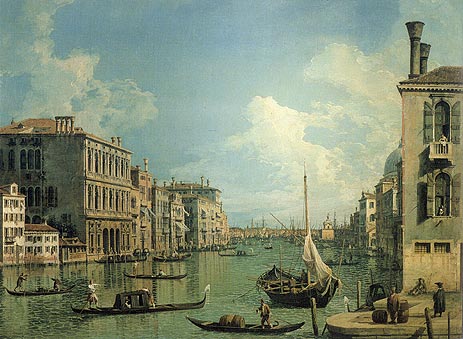
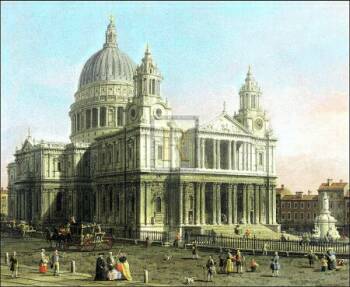
The European Grand Tour
Some of his earlier pieces are considered to be amongst his best works, studies of simple common scenes as opposed to the larger grand canvasses of his later years that display Venice in all its glory and pageantry. These earlier works include the Stone Masons Yard, which is considered to be a one of his masterpieces.
By the 1700's The Grand Tour was in full swing and Canaletto's work rapidly became popular with many of the English aristocrats travelling around Europe, buying up his work as reminders of their travels. The 1740’s war in Austria disrupted his sales as fewer Englishmen visited Venice, so Canaletto moved to London in 1746 for easier access to his patrons. Staying there until 1755 he produced some fine detailed paintings of the English countryside and its residencies at that time.
Leaving England, he returned to his native Venice where in 1763 he was finally elected into the Venice Academy of Fine Arts, academics at the time were not enamoured with his Vedute style of painting. He lived out the rest of his life continuing to produce artworks of his much loved city until his death in 1768 from a fever aged 71.
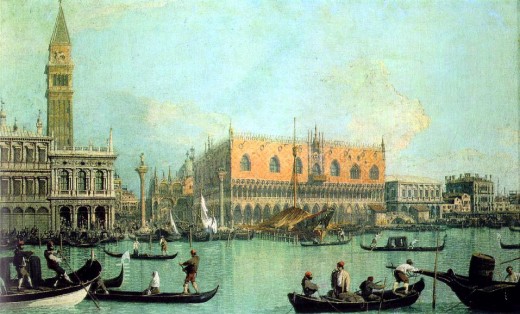
Canaletto's Legacy
Canaletto’s paintings are dominant pictures on a grand scale many are five feet across and despite their size they are gloriously coloured in rich hues and marvellously detailed. He spent many hours capturing the essence of his beloved Venice detailing such popular landmarks as the Grand Canal, Piazza S. Marco, il Ponte Rialto, il Molo, and the lagoon.
The popularity of his paintings with the touring aristocracy is understandable, these artworks are like the worlds biggest postcards. It is ever likely his work caught on at a time when people would want to show where they had been and seen. Canaletto's executions are wonderful examples of eigtheenth century Italy and especially Venice.
Other Artists Hubs
Twentieth Century Welsh Painter - Gwen John
Sister of Augustus John, Rodin's lover and artist
Female Painter from the Baroque Period - Artsmisia Gentileschi
First female member of Florence's Accademia della Arti a Disegno,
History of Female Renaissance Painters
Baroque Painter - Caravaggio
Brilliant, inspired artist, leading light who died tragically young
Rococo Portait Painter - Rosalba Carriera Innovative miniaturist and pastellist
Australian French Impressionist - Rupert Bunny

